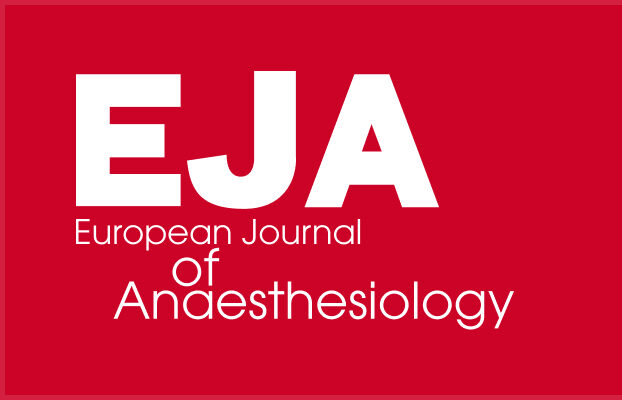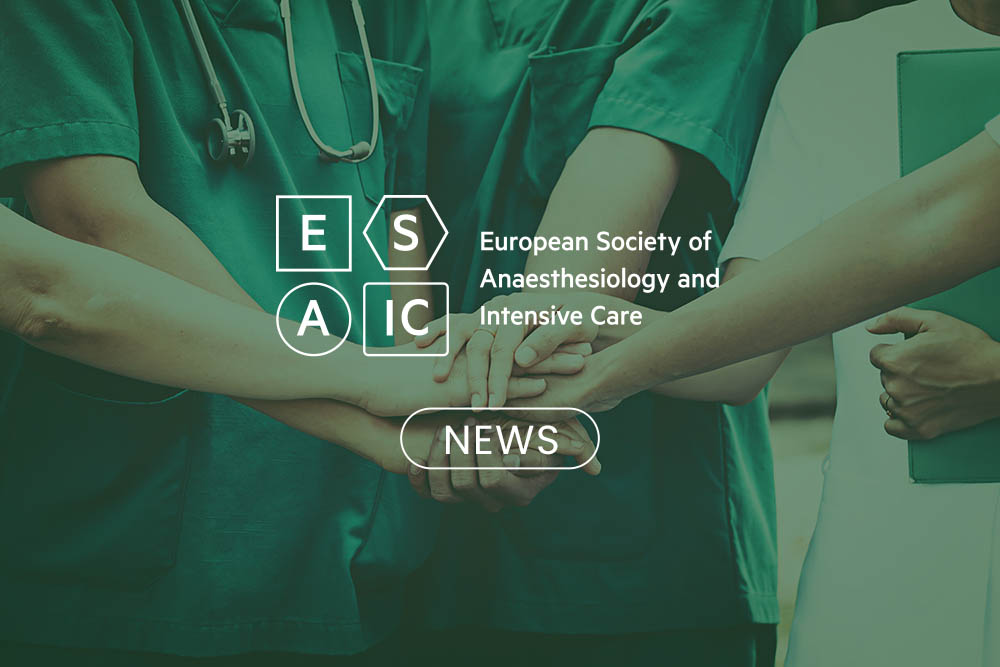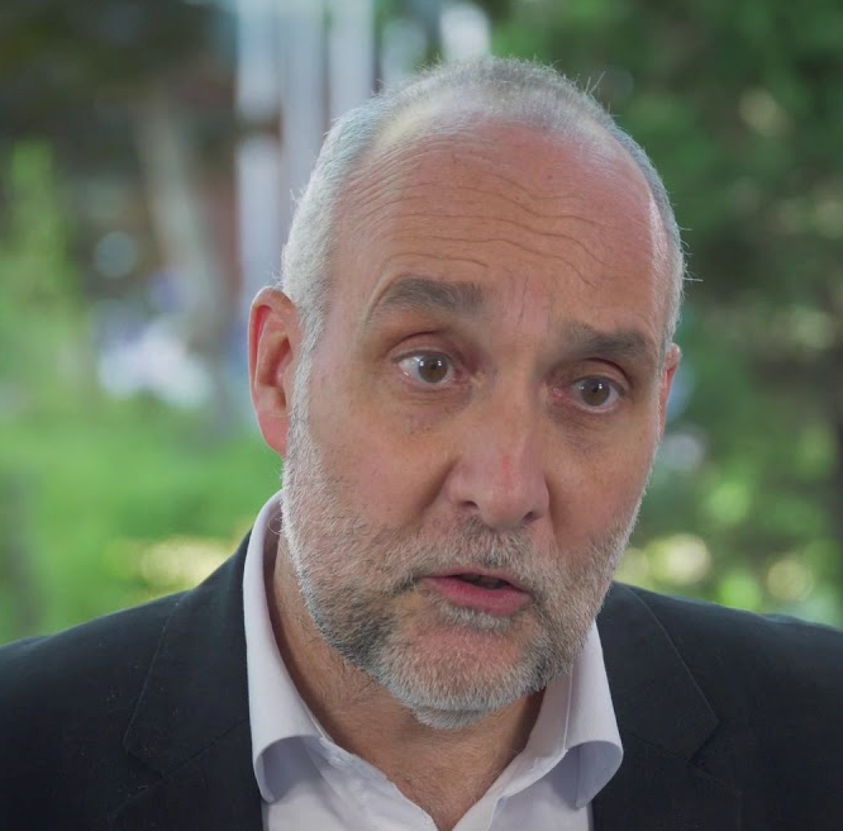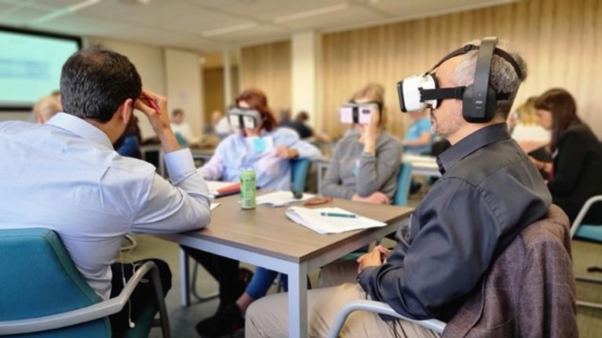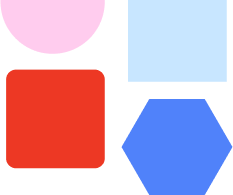Newsletter 2023
Why do Anaesthesiologists need to learn about teaching?
Dr Lesley Bromley
Member of the Train the Trainer Masterclass Committee
For generations, it has been assumed that if you are a doctor, you can teach students, residents, and other healthcare professionals. After all, doctors have taught themselves over many years, so they must know how to do it! In reality, most doctors are in the same position as Manchester United or Inter Milan fans. They watch a lot of premier league football, so they think they know how to play at that level. The analogy is useful because playing football and teaching are both skills; some people have more natural skills than others, and so it is with teachers.
The Best Teachers are born, not made.
This is often proposed as a reason why learning to teach is not necessary. While some have natural skills at holding an audience’s attention or have great and infectious enthusiasm for their subject that impresses students, many doctors don’t. The truth is almost anyone can be taught to be an effective teacher, and those with talent can be made more effective. For many years, medicine has had little interest in training effective teachers. Still, in this millennium, we have discovered much about the science of how we, as adults, learn, allowing us to apply different and more effective techniques to teaching and training our residents.
Why is adult learning different from conventional teaching in schools?
When we teach, we present a planned experience that allows the learner to change their knowledge, skills or behaviour based on what they already know.
Formerly, this process was seen as pouring knowledge into people’s brains rather than filling a glass with water. While children are remarkable in their ability to absorb facts in large quantities, adults learn differently.
In Adult learning, we do not start with an empty glass; adults will already have some knowledge and will have found ways of learning that suit them. So when we want them to learn, we have to present the new information in a way that can be combined with the existing knowledge and synthesised to make new or more extensive knowledge.
How do we make Memories?
Neuroscience tells us about how information input is transferred and stored in the brain.
We have 3 kinds of memory: immediate, working and long-term. When we read, look at visual images, write, discuss, and analyse facts, the information is held in our immediate memory. From here, it can be rejected, i.e. forgotten, or it can be passed into working memory. From there, it can be entered into long-term memory, representing the more permanent change. (1)
Many external influences can influence this pathway; for example, information is taken in time aliquots of a maximum of ten minutes, and only 7 items can be held in working memory at a time. Understanding this allows us to plan our teaching to maximal effect.
Our memories are only useful if we can recall them; memories are stored in trace neurons called engrams. They are recalled using cues which can be internal or external. There is a relationship between how we form our memories and how we recall them, and ease of recall is often related to the context of formation. Being tired or stressed decreases the effectiveness of memory-making, but it is also found that when memories are made in a situation with high emotional intensity, they are more easily recalled. A form of self-referenced meaning is needed for good memory-making and recall. (2)
Based on science, we can say that adult learning needs to be active, experiential, and motivated with self-referenced meaning. It requires alert and interested learners, clear goals and scientific use of the learner’s time. The most important is that the learners can learn.
Using these guidelines, much can be learned about being a better teacher, planning, using different modes, teaching face to face and online, using technology and gamification of learning, all of which can aid learning.
The ESAIC is committed to producing an anaesthesiology workforce that teaches and learns using basic science just as much as it practices the skills and art of delivering safe anaesthetic care using science. The Train the Trainers Courses will support you in achieving the best teaching you can provide.
A portfolio of courses will soon be found on the Train the Trainers page of the ESAIC website.
References
- Miller G.A. Psychology Review 63 (1956) 81-97
- Frankland P.W. et al. 2019 The neurobiological foundation of memory retrieval. Nature Neuroscience 22(10) pp1576-1585





